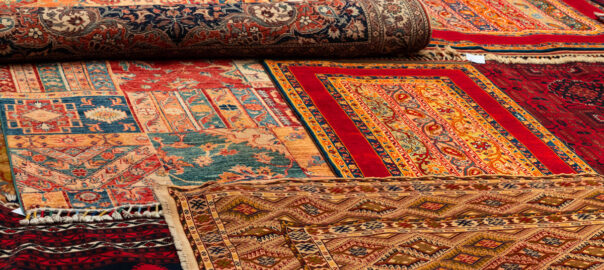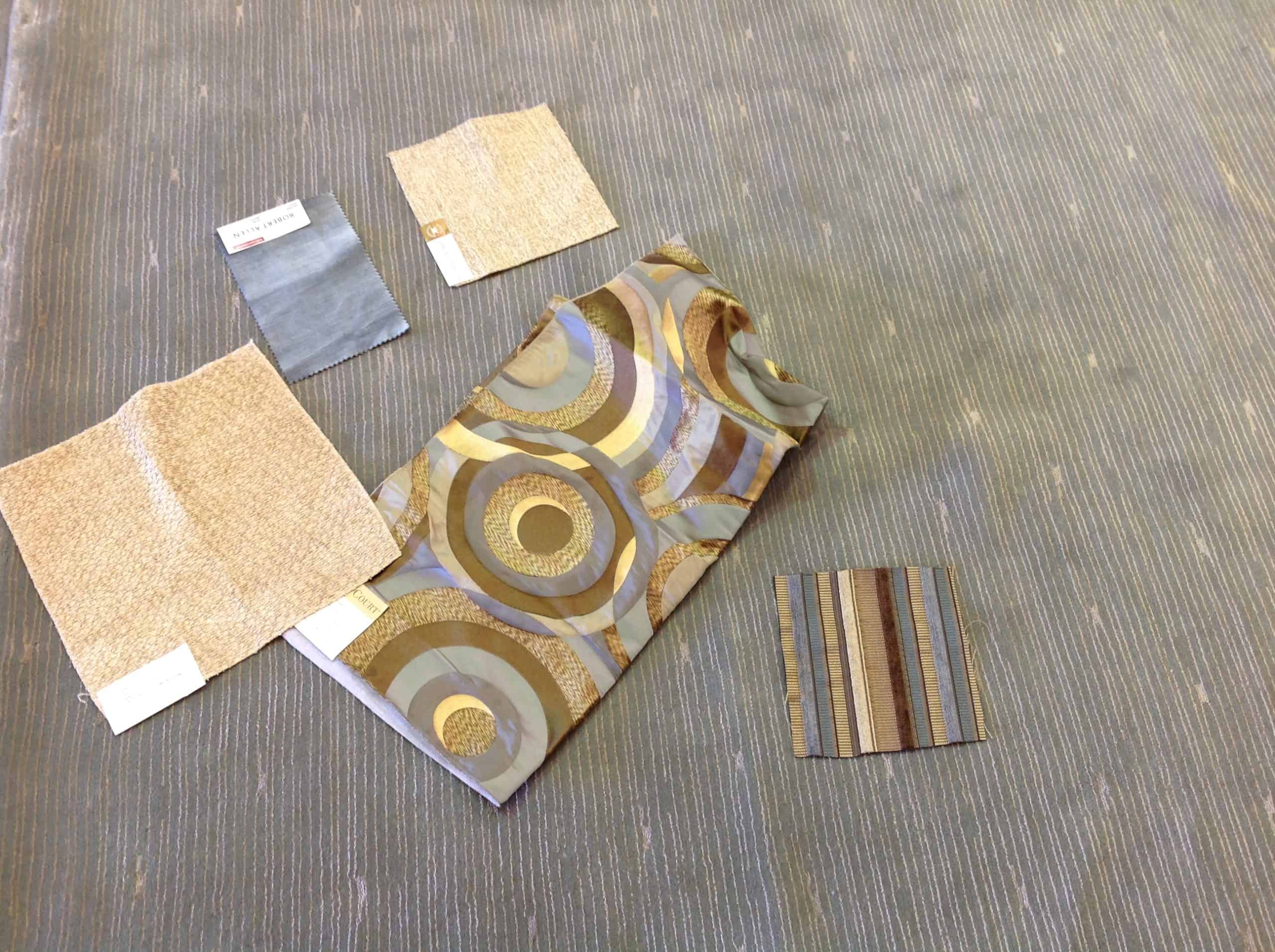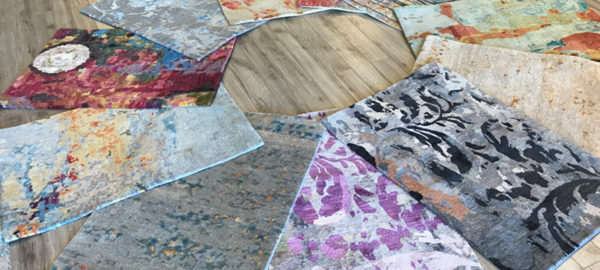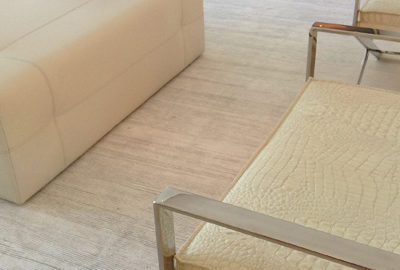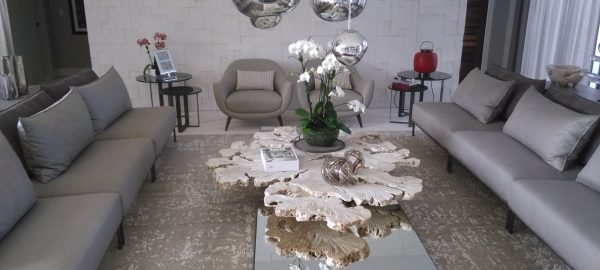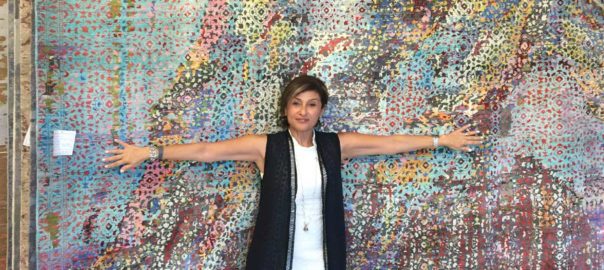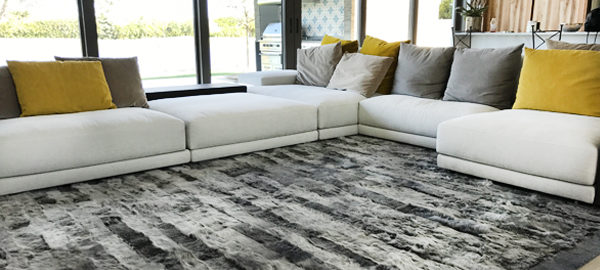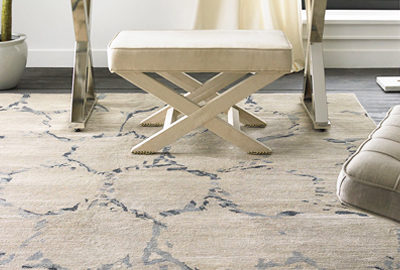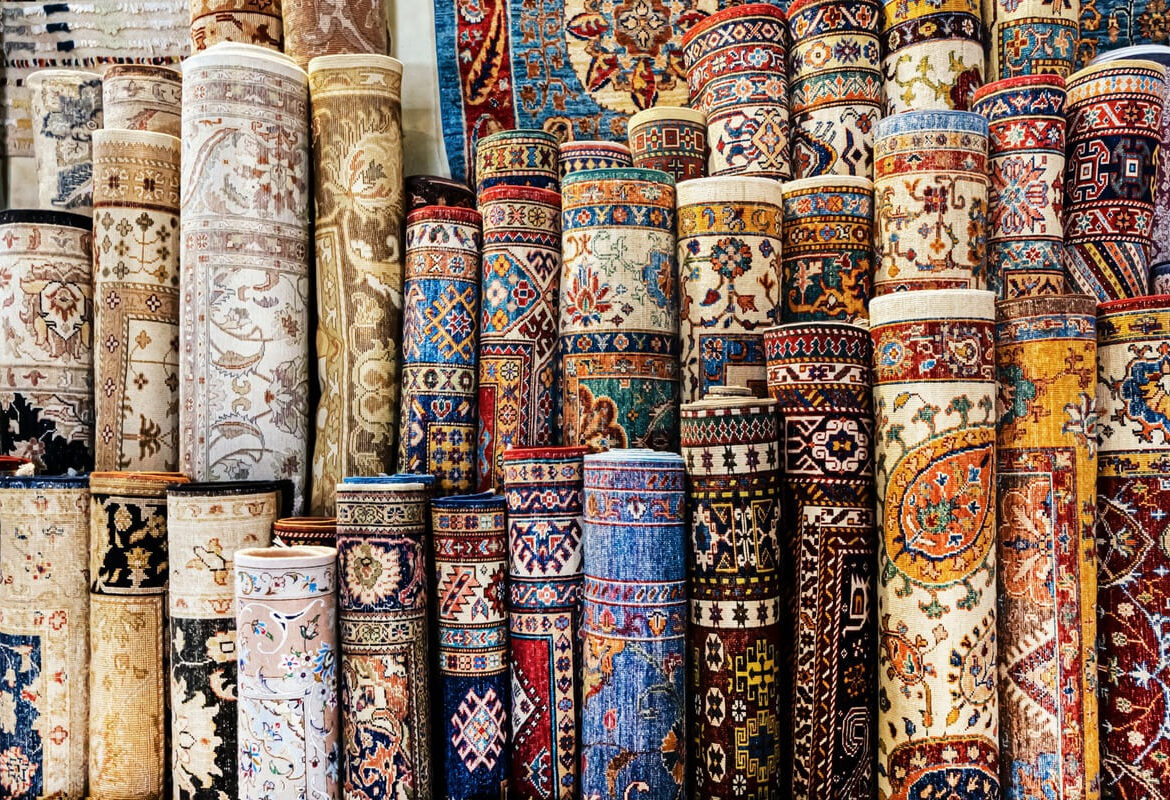
Persian Hand Knotted Wool & Silk Rug
Persian hand-knotted wool and silk rugs are renowned for their intricate designs, superior craftsmanship, and cultural significance. Here’s a detailed overview of these exquisite rugs:
Characteristics
1. Materials
- Wool: Often sourced from local sheep, Persian rugs made from wool are known for their durability, softness, and ability to hold dye well.
- Silk: Silk is used either alone or in combination with wool to add a luxurious sheen and fine detail to the rugs. Silk rugs are often more delicate and are typically used for decorative purposes.
2. Construction
- Hand-Knotted: Each knot is tied individually by hand, a labor-intensive process that can take months or even years, depending on the size and complexity of the rug.
- Knot Density: Measured in knots per square inch (KPSI), higher knot density indicates finer detail and quality. Persian rugs can range from 100 to over 1,000 KPSI.
3. Designs and Patterns
- Traditional Designs: Common motifs include floral patterns, medallions, geometric shapes, and hunting scenes. These designs often carry symbolic meanings and cultural significance.
- Regional Variations: Different regions in Iran (Persia) are known for distinct styles, such as Tabriz, Isfahan, Kashan, Qom, and Nain, each with unique patterns and color schemes.
4. Colors
- Natural Dyes: Historically, natural dyes derived from plants, insects, and minerals were used, resulting in rich and varied color palettes. Modern rugs may use synthetic dyes, though high-quality rugs still often use natural dyes.
Care and Maintenance
1. Regular Cleaning
- Vacuuming: Regular vacuuming can help remove dirt and prevent fibers from matting. Avoid using a beater bar, as it can damage the fibers.
- Spot Cleaning: Blot spills immediately with a clean cloth. Use a mild detergent and water for cleaning, but avoid excessive moisture.
2. Professional Cleaning
- Periodic Deep Cleaning: Every 1-3 years, have your rug professionally cleaned by a specialist who understands the intricacies of Persian rugs.
3. Rotation and Protection
- Rotate Regularly: Rotate your rug every few months to ensure even wear and fading.
- Sunlight Protection: Protect your rug from direct sunlight to prevent colors from fading. Use window treatments or UV-protective film on windows if necessary.
4. Storage
- Proper Storage: If storing your rug, roll it (do not fold) and wrap it in a breathable material, such as cotton or muslin, to protect it from dust and pests.
Valuation and Authenticity
1. Identifying Authentic Persian Rugs
- Label and Signature: Look for a label or signature on the rug, often woven into the design, indicating the region or the weaver.
- Back of the Rug: The back should show a clear, mirror image of the front pattern, indicating it is hand-knotted.
- Fringe: The fringe should be an extension of the warp threads, not sewn on.
2. Factors Affecting Value
- Age: Older rugs, especially those in good condition, are often more valuable.
- Condition: The rug’s condition significantly affects its value. Look for signs of wear, repairs, and any color fading.
- Rarity: Unique designs, high knot density, and limited production regions can increase a rug’s value.
- Provenance: A well-documented history of the rug’s origin and ownership can add to its value.
Cultural Significance
Persian rugs are deeply embedded in Iranian culture and history. They are not just floor coverings but are considered works of art that reflect the rich heritage and craftsmanship of Persian weavers. Owning a Persian rug is often seen as possessing a piece of cultural history.
Buying Tips
- Reputable Dealers: Purchase from reputable dealers or auction houses to ensure authenticity and fair pricing.
- Research: Educate yourself about different styles, materials, and what to look for in a quality rug.
- Budget: Set a budget considering both the initial purchase price and ongoing maintenance costs.
By understanding these aspects, you can appreciate the beauty and craftsmanship of Persian hand-knotted wool and silk rugs, and make informed decisions whether you are purchasing, maintaining, or collecting these valuable pieces.

